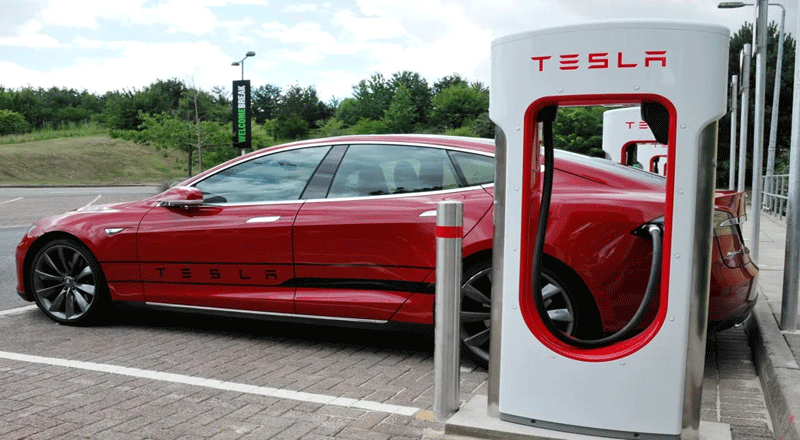Data is the new currency of the digital economy. Nearly 70 per cent of GDPs will have undergone digitization by 2022 (IORG). On the other hand, cloud data storage globally will amount to 200+ zettabytes by 2025 (Cybercrime Magazine). Hence saving it becomes more important than ever before. However, maintaining their own in-house data center becomes a nightmare for companies as they have lost billions in cost and brand positioning due to outages caused due to hardware damages caused by high Sulphur content in the air. On the other hand, air pollution is constantly damaging UPS, servers, hard drives, and other sensitive equipment, which results in increased CAPEX and OPEX, thus impacting the operational efficiency of companies. As per Gartner, downtime costed $5,600 per minute on average, which results in average costs between $140,00 and $540,00 per hour depending on the organization, which includes failures caused due to air pollution, human errors, earthquake and others.
Pollution is one element that causes data center failure and erosion. Earthquake is the next biggest threat that data centers fear. A powerful earthquake struck Christchurch, New Zealand in the year 2011 resulting in $16.5 billion in insured damages. In fact, as per Investopedia, natural disasters cost $210 billion worldwide in the year 2020. According to Aon, in February 2021, a 7.1 magnitude earthquake was reported to have rocked the Fukushima Prefecture on Japan’s east coast, leading to losses in hundreds of millions of dollars, Aon plc is predicting, while a similar earthquake in Mexico in the year 2017 is reported to have losses exceeding $2 billion. Hence, data center providers avoid having their operations in areas that are prone to quakes. However, as businesses grow across geographies, ignoring such places is no more an option for the providers. However, it takes quite a bit of courage to have a data center operational in such areas. Proper planning and a multitude of other measures apart from constantly maintaining data center health are some important steps in making a data center possible at places of high air pollution and earthquakes.
CtrlS Data Center is one of the very few data center providers globally that stands strong on both the parameters. The company took the challenge as an opportunity and launched India’s first and only 100 per cent quake resistant and pollution-free data center in one of the world’s most polluted cities – Noida. One of the highest feature-loaded hyperscale datacenter in the NCR, CtrlS Noida Data Center comply with zone-5 standards, hence, can withstand any natural calamity including earthquake measuring 8 or above on the Richter scale.
On the other hand, the companies strong air filtration plant protects the data center from any impact of pollution. CtrlS air filtration plant processes the contaminated air, scrubs it and then releases clean air into the data center. Such air is not just good for the IT infrastructure but also for the human lungs. The air filtration plant has double layered perimeter walls, air scrubbers, +ve pressurized system along with treated fresh air system to provides Sulphur free air. While air pollution and earthquakes are threats to data center providers, there is another kind of threat that swallows the entire NCR – human threat. Hence deploying military grade security (9 Zone-Security) to nullify any human threat with advanced under vehicle surveillance system becomes essential. CtrlS has this well in place apart from the continuous digital CCTV surveillance of external & internal areas. The company has secured its fence surrounding the terrain around the data center and also has proximity cards, biometric readers and man traps in place.
A survey by Emerson Network Power & Ponemon Institute revealed that the average total cost per minute of an unplanned outage increased from $5,617 in 2010 to $8,851 in 2020, while the average cost of a data center outage rose from $505,502 in 2010 to $740,357 in this study. This represented 38 per cent increase in the cost of downtime since the first study in 2010. Also the maximum downtime costs rose faster than average, increasing 81 per cent since 2010 to $2,409,991 till the time of the survey. UPS system failure, including UPS and batteries were the number one reason of unplanned data center outages, which accounted for one-quarter of all such events. On the other hand, cybercrime represented the fastest growing cause of data center outages, rising from 2 per cent of outages in 2010 to 22 per cent till this study was commissioned.
CtrlS’ Noida Data Center is well prepared to handle all of the nuances. It has two active power feed from two separate EHV substations with Active + Active feeds, which ensures 24×7 power without interruptions. This has resulted in industry’s highest uptime guarantee of 99.995 per cent. It also has N+N uninterruptible UPS, utility power substation & diesel generator redundancy for continuous support.
As Noida becomes the hotbed for global companies, they look for sustainable and highest degree of safety that a data center can provide. Companies such as CtrlS can be their perfect partner in success through their unmatched data center services providing high availability and protecting their data from natural disasters.





